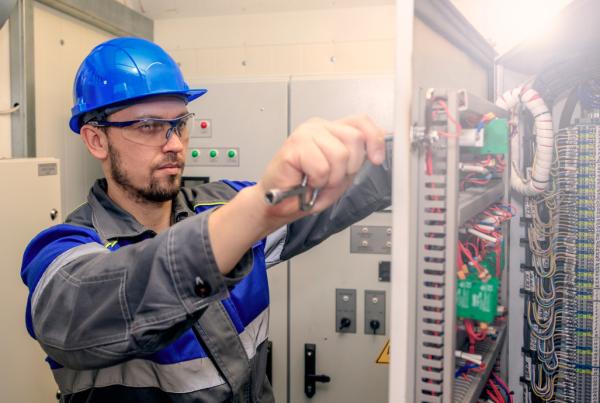Are you struggling with PLC issues a lot?
Industrial facilities house a large number of electronically operated machines, programmed to run in different ways. Engineers control them through a programmable logic controller (PLC) to translate commands, so machines could understand and act accordingly. PLC’s can run in a number of issues at times. These include the following:
Electrical Noise Interference
Radio frequency interference (RFI) and electromagnetic interference (EMI) are two major causes of foreign signal interference. They can significantly affect the longevity and performance of a PLC. EMI can increase whenever there is a machine like a massive motor close to the PLC or when lightning strikes nearby.
On the other hand, RFI is caused by handheld transmitters and antennas used near the PLC. It is recommended to contain the interference potential as both RFI and EMI can cause considerable downtime and plenty of damage.
1. Power Supply Failure
The PLC needs access to an uninterrupted, constant stream of power to run programming code for input and output. After a power source stops, the issue could be attributed to a number of causes.
Apart from regional or local blackouts causing outages, the most common source of power failure includes worn cables, loose connections, and grid failure.
2. Input/output Modules
The following issues cause failure I/O failures:
- Faulty field terminal assemblies (FTA)
- Faulty intrinsically safe barriers
- Outdated modules
- Flawed wiring
- Loose terminal blocks
- Error in the PLC configuration
Usually these issues prevent the PLC from running properly as they halt the PLC program execution, forcing it come to an abrupt end. Experts run system diagnostics to identify the root cause of the PLC issue and follow it with a complete system check to determine its extent.
3. Aged Components
All electronics deteriorate after some time. The span of time depends on a number of things, including the date of equipment manufacturing, environment, vibration, and dust.
In the PLC, discrete components, such as capacitors are typically more vulnerable, particularly as they only have a lifespan of around ten years.
4. Loss of Network Connection
Most PLC systems are connected to Human Machine Interfaces (HMIs) and other peripheral devices to run properly. Typically, they use Ethernet cables to link the PLC system with other devices. The devices cannot operate properly if any outage occurred between the devices for any reason. It can also lead to instant downtime, which can be costly for the organization.
5. Final Thoughts
Make sure common issues with PLC systems don’t interrupt your operations. You can prevent them by opting for standard maintenance that improves the health and longevity of your machinery. In case you need help with addressing issues of your PLC systems, get in touch with Skyline Electric us today. We have 60 years of experience in the design, troubleshooting, and repair of control systems of all types.




